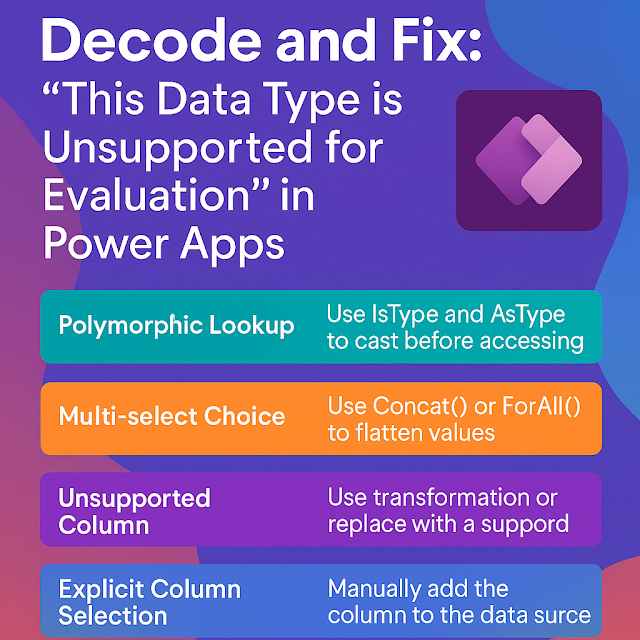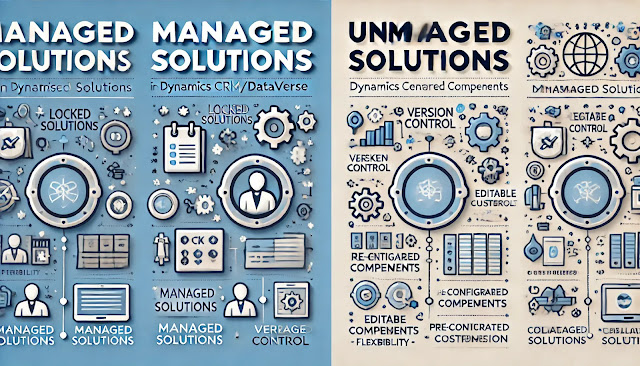Field Mapping vs Business Rules: When to Use What in Dataverse?
Microsoft Dataverse (the backbone of the Power Platform) offers incredible flexibility for building business solutions. But for every Dynamics 365 or Power Apps maker, there’s often one confusing question:
“When should I use Field Mapping, and when should I use Business Rules?”
These two features may sound similar, but they serve very different purposes in customizing your Dataverse solutions. Let’s break them down with a technical deep dive, real-world scenarios, and best practices.
What Are Field Mapping and Business Rules?
Field Mapping: Auto-Populate Child Records
What is it ?
Field Mapping in Dataverse allows you to auto-fill fields in a child entity with values from the parent entity when creating a related record.
Example:
When creating a Contact from within an Account, you want the Address1 fields to copy over automatically.
How It Works- Go to Tables → Relationships in Dataverse.
- Select a relationship (1\:N or N:1).
- Click Mappings.
- Map fields between parent and child tables (must be compatible types).
Technical Details
- Works only during record creation via parent relationship.
- Supports 1:1 mappings (no complex logic).
- Limited to compatible field types: text → text, lookup → lookup.
Limitations
- No conditions or calculated fields.
- Won’t apply when child record is created outside the parent (e.g., standalone).
- No updates after creation.
Business Rules: Dynamic UI and Validation Logic
What It Is
Business Rules enable you to apply conditional logic and validation directly in forms or at server-side—without code.
Example:
If `Priority = High`, require `Due Date`.
How It Works
1. Go to Tables → Business Rules.
2. Use drag-and-drop designer:
- Conditions: If-Else logic.
- Actions: Set field value, hide/show, lock/unlock, set required.
3. Apply the rule to forms or server side.
Technical Details
- Works at runtime (form load/save, create/update).
- Supports client-side (UI) and server-side (API calls, workflows).
- Multiple actions per rule.
Limitations
- No cross-entity logic.
- No looping or advanced computations.
- Doesn’t trigger during bulk imports or plugins.
Real-World Comparison (Scenario)
Advantages & Disadvantages
Developer & Architect Perspective
Best Practices
- Use Field Mapping for one-time data population during related record creation.
- Use Business Rules for runtime validations, UI behavior, and conditional logic.
- Combine with Power Automate or Plugins for cross-entity or complex scenarios.
Summary
Field Mapping and Business Rules both improve efficiency in Dataverse solutions, but they solve different problems.
- Field Mapping = Fast, one-time pre-fill for child records.
- Business Rules = Dynamic, runtime logic for forms and server side.
For large, scalable solutions, use them together: Field Mapping for initial values, Business Rules for validations and UI logic.


















Comments
Post a Comment